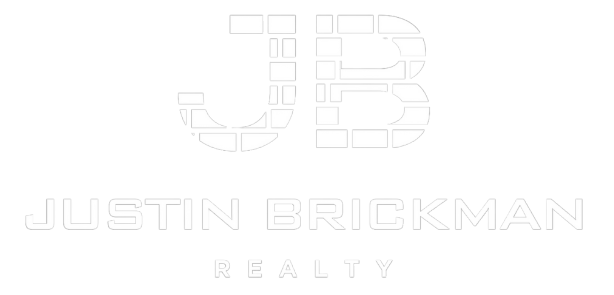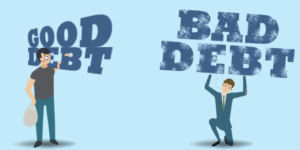Good Vs Bad Debt
Good Debt vs. Bad Debt: Understanding the Financial Landscape
In the realm of personal finance, debt is a powerful tool that can either work for you or against you. It’s important to differentiate between “good debt” and “bad debt” to make informed financial decisions. Let’s explore these concepts
Good Debt: Building Wealth and Financial Security
Good debt refers to borrowing money to invest in assets or endeavors that have the potential to increase your net worth over time. In essence, it’s a strategic financial move. Here are some examples:
-
Mortgage Debt: Acquiring a mortgage to buy a home can be seen as good debt. Homes tend to appreciate over time, which can lead to building wealth. Moreover, mortgage interest payments may offer tax benefits.
-
Student Loans: Borrowing for education is often considered good debt. Higher education can lead to better job opportunities and earning potential, thus improving your financial future.
-
Business Loans: Entrepreneurs often take out loans to start or expand their businesses. If the business succeeds, the return on investment can significantly outweigh the borrowed capital.
-
Investment Loans: Using borrowed funds to invest in stocks, real estate, or other income-generating assets can be lucrative if the return on investment surpasses the interest on the loan.
Bad Debt: Hindering Financial Growth and Security
Bad debt, on the other hand, is debt incurred for non-essential, depreciating, or consumable items, leading to financial strain. Examples of bad debt include:
-
Credit Card Debt: Accumulating high-interest credit card debt for everyday expenses or luxury items can be detrimental. Interest rates on credit cards are typically high and can lead to a never-ending cycle of debt if not managed wisely.
-
Car Loans: Financing a rapidly depreciating asset, such as a new car, with a high-interest auto loan, can lead to negative equity and financial strain.
-
Payday Loans: These short-term, high-interest loans are often a last resort for those facing financial emergencies. The exorbitant interest rates can trap individuals in a cycle of debt.
-
Consumer Loans: Taking out loans for vacations, electronics, or other non-essential items can quickly erode your financial stability and future prospects.
In summary, the distinction between good debt and bad debt revolves around the potential for long-term financial gain. Good debt is an investment in your future, while bad debt is a financial burden that hinders your growth. Prioritizing the former and managing the latter can pave the way to financial security and wealth accumulation.
By understanding the nuances of good and bad debt, you can make informed decisions that benefit your financial well-being. To navigate the world of personal finance successfully, consider consulting with a financial advisor who can provide tailored guidance based on your unique circumstances
Justin Brickman
RENE | Real Estate Negotiation Expert
SRS | Seller Representative Specialist
All City Real Estate
San Antonio, Texas
210-827-6020

